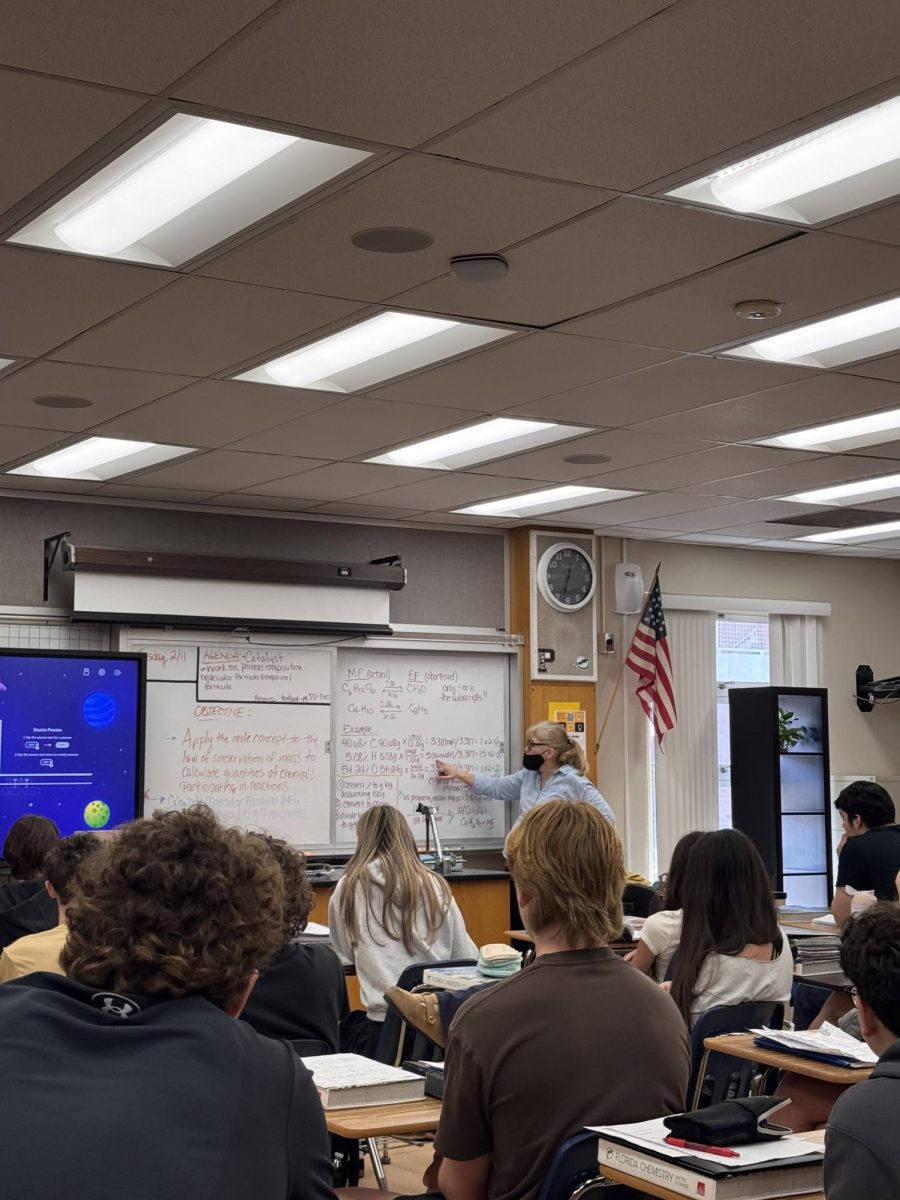The feeling you get from that first bell of a new school year officially indicates that shift from summer life to student life. One week you’re staying up late, soaking in the endless stretch of summer evenings, and the next you’re waking up at 6:30 a.m., putting on that one comfy hoodie, and standing in line for the first-period tardy sweep. The shift from summer to fall in high school is more than a change of weather but a shift in rhythm and responsibility.
The Summer Mindset
Summer, to many students, means liberty. We don’t have the sound of alarms going off, midnight studying, or waiting in lines in the cafeteria. We fill our days with visits to the beach, late-night movies, work, sports camps or just time spent with family and friends. That freedom feels endless in July, but by the time August comes around, the reality always creeps back in. Once schedules are posted online, the countdown to the first day begins. Adjusting to this new schedule does not have to be all negative. Small, consistent changes can improve your routine and help you meet academic goals.
What Adjustments to Make
First, sleep must be made a priority. According to the National Heart, Lung, and Blood Institute (NHLBI), high school students who don’t get a full 8 hours of sleep deal with damaging consequences. Not only does it matter for your overall health, but it can also determine the productivity of a new day. Teenagers need more sleep than many realize, and setting an earlier bedtime can make mornings easier.
Then, there’s organization. Summer leads us to believe we don’t need planners or reminders but fall proves otherwise. A simple calendar like the Apple Calendar or Google Calendar is a great way to keep track of events and schedule tasks, so you don’t forget assignments, tests, or practices. If you know what’s coming up, school is manageable instead of daunting.
Third, getting into routines outside of school is equally vital. Spending 20 minutes reviewing notes, preparing lunches the night before, or laying out clothes to save time in the morning. They offer structure without being unsightly.
And finally, it lets us hold on to a piece of summer. Maybe it’s a walk to school with headphones, a beach weekend or an afternoon in the park before homework. Having some of that freedom left over is a reminder that school doesn’t erase happiness; it just makes us balance it with responsibility.
Student’s Perspectives
Cyrilla Tsoupeis, a junior at Plant, shares the ways she adjusts to her back-to-school routine: “I wake up earlier on weekends so that when I wake up on a school day, I don’t feel exhausted. When I get home, I do my best to do my homework and get it done.”
A senior at Plant, Mia Derival, advises, “Sleeping earlier and getting all my work done before or as soon as I get home helps the adjustment of being back at school.”
The Excitement of Fall
Of course, it’s not all negative. There’s a kind of excitement that fall brings. Football games under the stadium lights are weekly rituals. Spirit week brings us together in rituals that feel particularly our own. Teachers start the year with energy, before midterms and endless grading take their toll. And for seniors, fall is the time when the countdown begins, the first day of homecoming, the last fall before the real-world creeps closer.
How Schools and Communities Can Help
This shift compels a fundamental question: Are schools doing what is best for students? Examining early start times and offering mental health services could help ease student pressure. Communities might assist by creating after-school programs that provide students with tutoring, stress management or time management. These are not extras; they are essential support for students managing demanding schedules.
Call to Balance
Ultimately, back-to-school time in the fall is all about compromise. Students trade late nights for early mornings. But what we get in return is a community, a sense of direction and the ability to become that little bit closer to the person that we are struggling to become. Summer is liberty, but autumn is development—and that, maybe, is high school’s rationale in the first place.
The real challenge is maintaining that growth. As students, we can start small, prioritizing sleep, staying organized and holding onto those things that keep our feet on the ground. If both parties do their part, summer to fall may not be a crash, but a transition that we’re ready to embrace.

